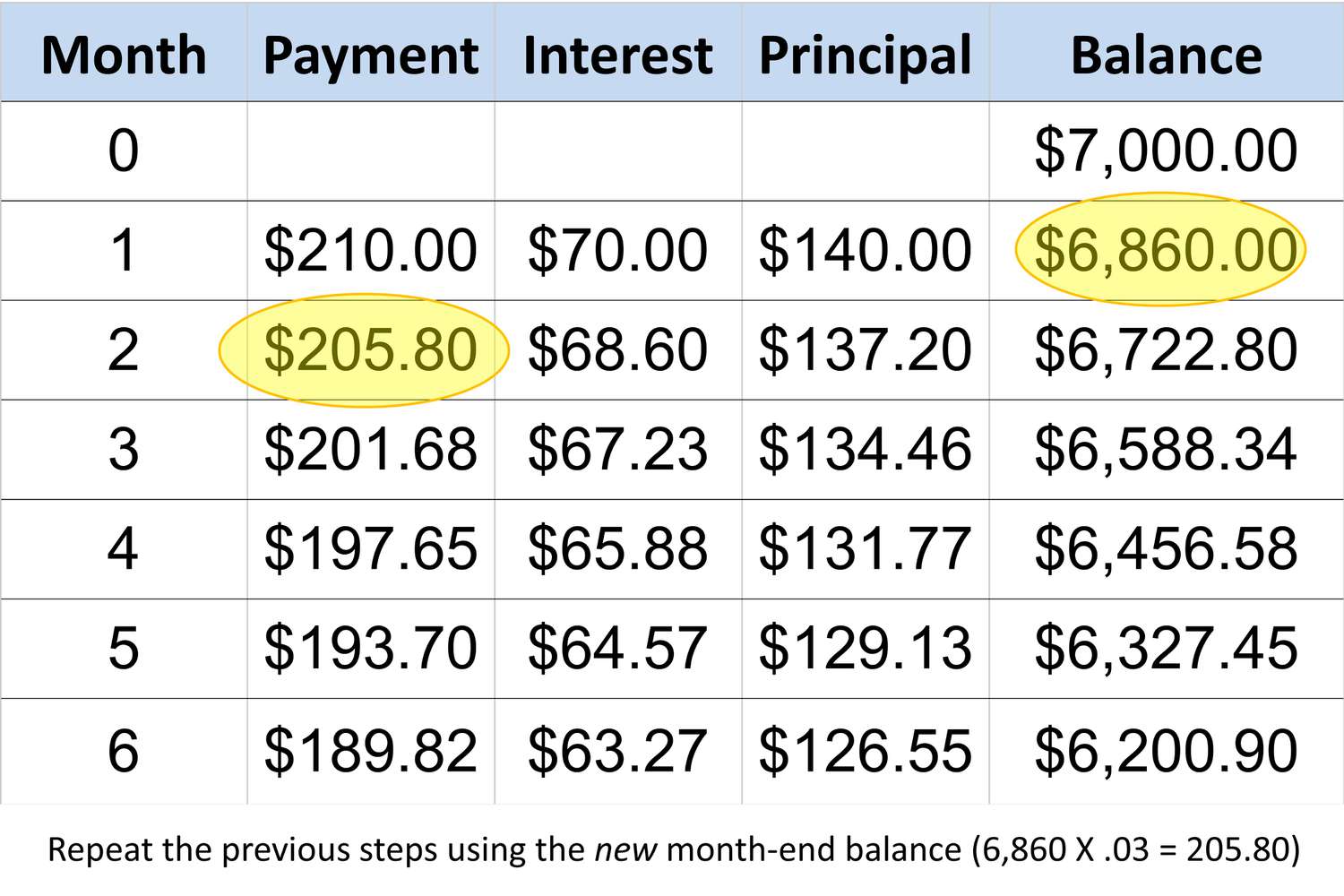

Finance
Survival Analysis Definition
Published: February 4, 2024
Learn about survival analysis in finance and how it helps analyze and predict financial outcomes, aiding in decision-making for financial planning and risk management.
(Many of the links in this article redirect to a specific reviewed product. Your purchase of these products through affiliate links helps to generate commission for LiveWell, at no extra cost. Learn more)
Survival Analysis: Understanding the Concept and Its Applications in Finance
Finance is a vast field that encompasses various sub-disciplines, and one such area that is gaining prominence is survival analysis. This statistical technique, also known as time-to-event analysis, is widely used in finance to analyze and predict events related to financial processes. Today, we will delve deeper into the world of survival analysis and explore its definition, applications, and relevance in the finance industry.
Key Takeaways:
- Survival analysis is a statistical technique used to analyze the time until an event of interest occurs.
- In finance, survival analysis finds applications in various areas such as default prediction, bankruptcy forecasting, and analyzing stock market behavior.
Definition and Concept of Survival Analysis
Survival analysis revolves around the study of time until an event of interest occurs. Unlike traditional statistical methods that focus on analyzing censored or complete data, survival analysis takes into account the presence of uncensored observations, allowing us to explore and quantify the time it takes for events to happen. This technique enables financial professionals to assess the probability of an event occurring within a specific timeframe.
Utilizing a wealth of data, survival analysis examines how various factors influence the time until an event happens. This technique is particularly relevant in finance, where predicting the occurrence of events can be crucial for decision-making processes.
Applications of Survival Analysis in Finance
1. Default prediction: Survival analysis plays a significant role in assessing the likelihood of default by individuals or companies. By analyzing various factors such as credit scores, financial ratios, and market trends, survival analysis enables financial institutions to predict the time until default and take appropriate measures to minimize risks.
2. Bankruptcy forecasting: Survival analysis helps in determining the likelihood and timing of bankruptcy for companies. By analyzing financial statements, market conditions, and macroeconomic indicators, this technique aids in identifying early warning signs of financial distress, allowing businesses to take corrective actions and prevent bankruptcy.
3. Stock market behavior: Understanding and predicting stock market behavior is a constant challenge for investors and financial analysts. Survival analysis can be applied to study the time until various market events, such as the occurrence of a bull or bear market, changes in stock prices, or investment returns. This analysis helps investors make informed decisions by assessing the probability of desirable or undesirable market outcomes.
Relevance of Survival Analysis in Finance
In the fast-paced world of finance, accurate predictions and timely decision-making are crucial for success. Survival analysis provides financial professionals with a valuable tool to assess the time until specific events occur, aiding in risk management, strategic planning, and investment decision-making. By incorporating this statistical technique into their toolbox, finance experts can gain a deeper understanding of the dynamics of financial processes and make informed choices based on quantitative analysis.
To summarize, survival analysis is a powerful statistical technique that finds widespread applications in finance. The ability to predict the time until events occur opens doors to informed decision-making, risk management, and strategic planning within the finance industry. By leveraging survival analysis, finance professionals can navigate through uncertainties with greater confidence and achieve their financial goals.














